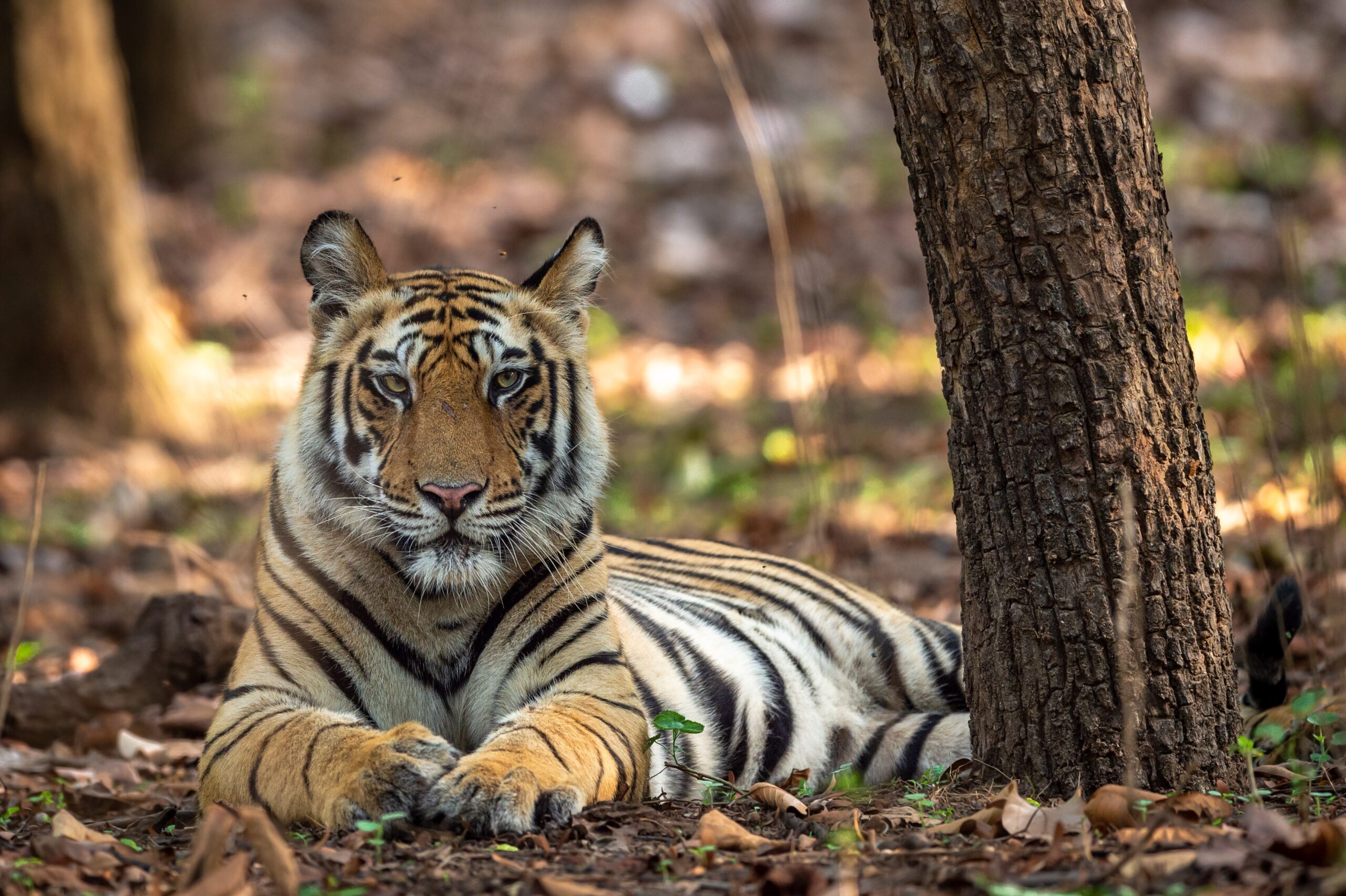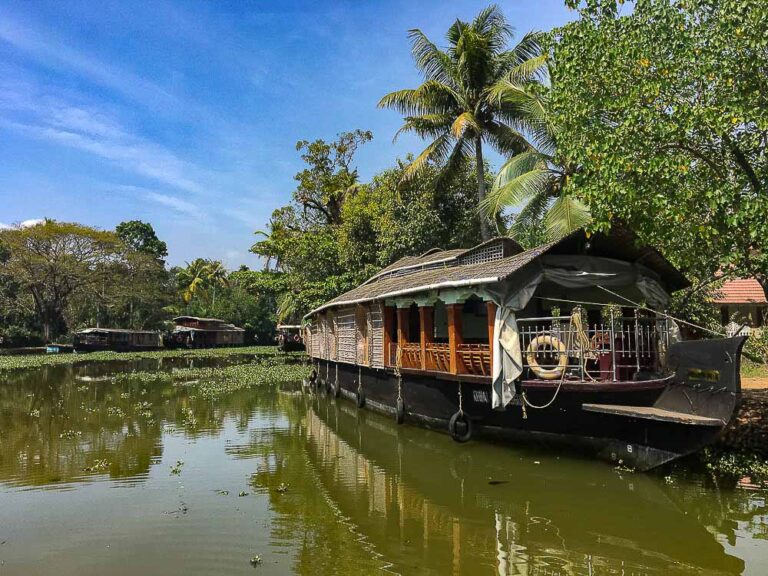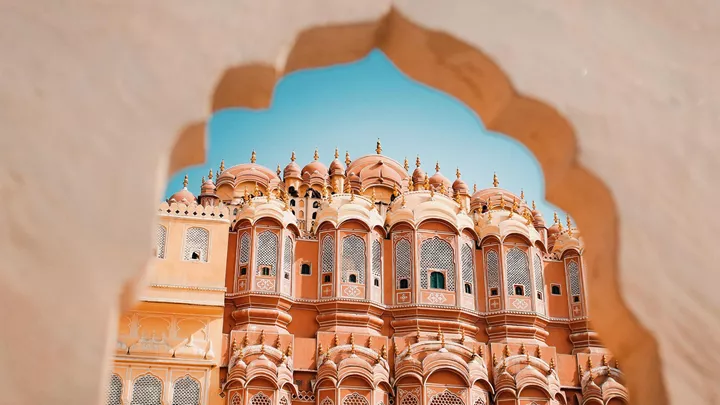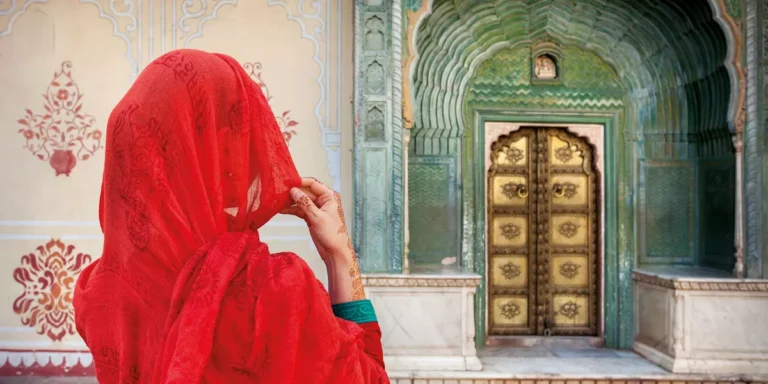New Delhi Tigers and Temples with Women in Wildlife Photography
This two-week adventure tour for women will bring you to thousand-year-old temples and into the vast wilderness in search of the mighty tiger. Upon your arrival in New Dehli, the capital city of India we will head off to explore the Unesco world heritage site of the Khajuraho Temples.
The group of temples at Khajuraho testifies to the culmination of northern Indian temple art and architecture of the Chandella dynasty who ruled the region in the 10th and 11th centuries CE. The temples were said to have been spread across 20 square kilometres and there were around 85 temples in the 12th century. Today there are only 23 temples including one partly excavated structure distributed over an area of 6 square km in a picturesque landscape, that have survived the ravages of time and destruction by invaders and marauders.
A mere 25kms from Khajuraho is Panna Tiger Reserve. The Reserve spanning 1,5981.sq km is a dry deciduous forest which is a critical tiger habitat located in Vindhya Hill in the state of Madhya Pradesh. This land is characterized by extensive plateaus and gorges, mesmerizing waterfalls, naturals and archaeological splendours, legends & cultural richness. The Ken river , which flows through the Reserve from south to north, is home to the Gharial and Mugger, and other aquatic fauna and is one of the least polluted rivers. It is one of the sixteen perennial rivers of Madhya Pradesh and is truly the life line of the Reserve. The Ken River offers some of the most spectacular vistas to the visitor as it meanders for some 55 km through the reserve.
Bandhavgarh National Park
Bandhavgarh National Park is situated in the Vindhya hills in the state of Madhya Pradesh, India. Bandhavgarh, with an area of 105 square kilometres (41 sq mi), was declared a national park in 1968 and then became Tiger Reserve in 1993. The park’s landscape varies between steep ridges, undulating, forest and open meadows. Famed as the land of tigers. This is one the best places to visit if you want to spot the Royal Bengal Tiger. The park has a large breeding population of leopards and various species of deer. Apart from the tiger population, the area is also rich in biodiversity. More than 30 species of mammals, 260 species of birds, 70 species of butterflies, reptiles and insects are found in the region. The flora of the region comprises majorly evergreen Sal forests, mixed forests and grasslands. More than 500 species of plants are found in the forest area. The lush vegetation of the park attracts several birds and ornithologists.







